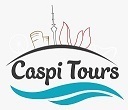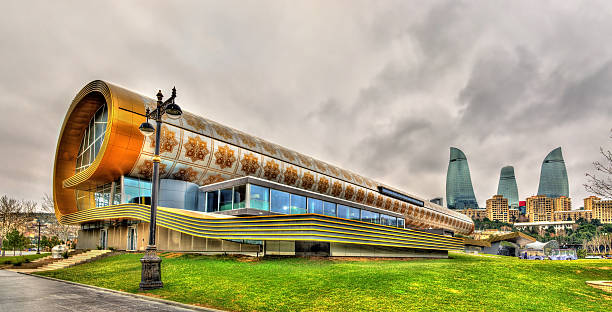The world’s first specialized Carpet Museum was established in 1967 in Baku, the capital of Azerbaijan. The initiator of the museum is a prominent scientist and carpet weaver, founder of carpet science, artist and pedagogue, author of the fundamental work “Azerbaijani carpet” Latif Karimov.
Since 2014, the museum has been operating in a new, magnificent carpet-shaped building. This place has already become one of the symbols of Baku. The author of the project is the famous Austrian architect Franz Jans. The new building of the museum was established by the order of the President of the Republic of Azerbaijan Ilham Aliyev. The establishment of a new cultural center for the preservation and exhibition of carpets was a joint project of the Heydar Aliyev Foundation, the Ministry of Culture of the Republic of Azerbaijan, and UNESCO.
Since its establishment, the Azerbaijan National Carpet Museum has been paying great attention to the study of the tangible and intangible cultural heritage of our country. Acting as a research center, this cultural center regularly brings together scientists, artists, and collectors from different countries and hosts international symposiums and conferences.
Ancient pile weaving techniques are revived in the museum. In addition, an education department has been established to promote various types of crafts, especially carpet weaving. There are educational programs for children and adults.
The Azerbaijan National Carpet Museum is the first museum in our country to implement inclusive programs. For the convenience of visually impaired people, all the texts in the exhibition are presented in Braille.
In addition, employees of the “Traditional Technology” department prepared carpet samples using the method of synthesis of the pile and non-pile techniques. Through these examples, visually impaired people can tactilely feel the ornaments on our carpets and the technical differences of pileless carpets.
Since 2020, the museum has introduced a virtual exposition with sign language for the hearing impaired. Visitors to the museum are also offered a guided tour (With Caspi Tours) with a sign language interpreter.


Comments